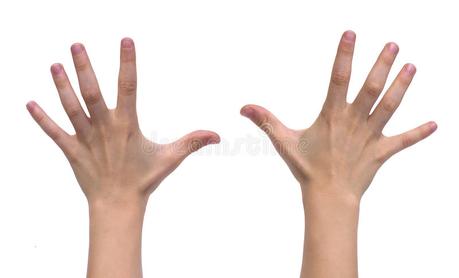 Zero and Infinity, you find books written on these topics in all good book shops.
Zero and Infinity, you find books written on these topics in all good book shops.Look at my hands, that's base ten that is, and I'm going to count. My thumb is one, then the four fingers of that hand. Then the thumb and four fingers of the other hand. Here's how base ten 'should look' without zero and infinity messing up the beautiful equation.
I II III IV V VI VII XIII IX X <--- a="" always="" base="" did="" didn="" digit="" first="" i="" in="" is="" it="" like="" nbsp="" of="" our="" p="" row.="" row="" second="" separate="" set.="" show="" start="" t="" ten="" that="" the="" this="" to="" use="" value="" we="" zero="">
The next row of base ten is:
XI XII XIII XIV XV XVI XVII XVIII XIX XX<--- base="" br="" continue="" digits.="" finished="" get="" i="" is="" it="" not.="" of="" right.="" row="" second="" separate="" sequence.="" shall="" tells="" ten="" the="" this="" thought="" twenty="" two="" us="" ve="" we="" you="">
The ZERO was invented by Brahmagupta back in the sixth century. And it's not a number. It's a concept. The concept of 'having nothing'. You can't count these nothings because they always add up to nothing. Unfortunately, when you 'tacitly agree' that the NOTHING is a mathmatical object, you can then use it in mathematical operations. You've given a nothing, value.
Same with 'infinity'. Plus one, is the common solution. But you can never beat an infinity, so minus 0.000000000....1 forever or something equally ludicrous. Maths went into daft places in recent years, and we have to make it right again.

